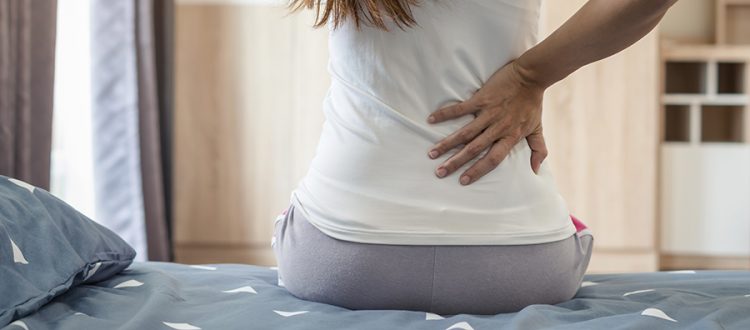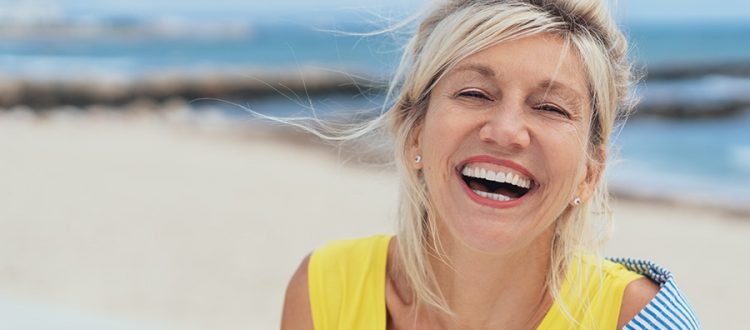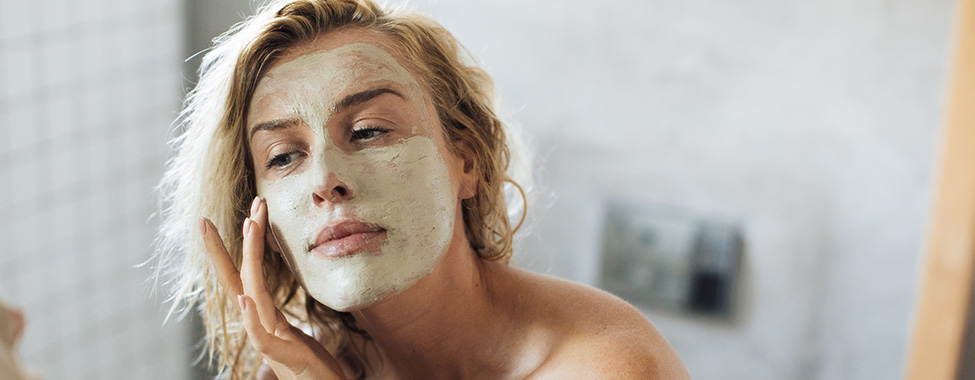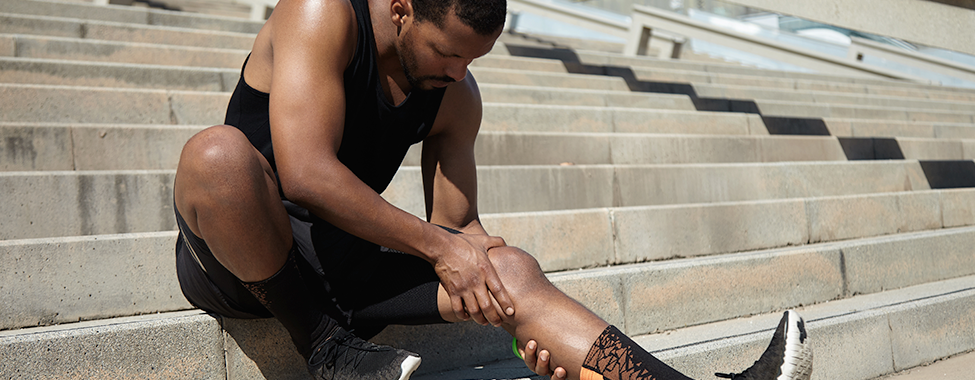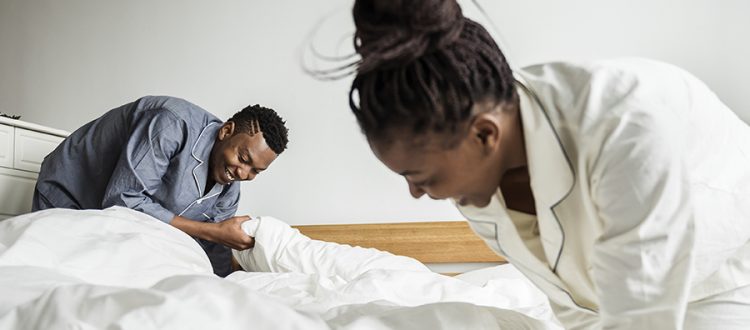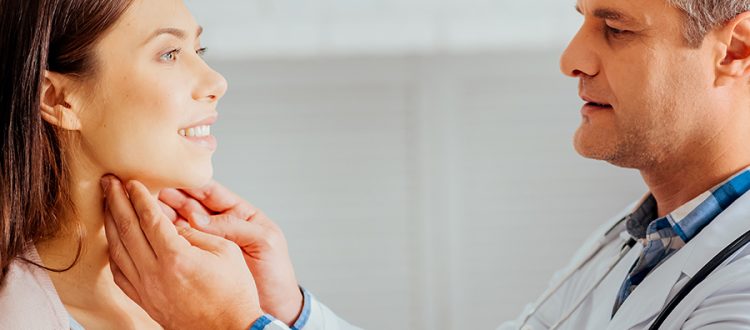What is red light therapy, and how is it beneficial to your health? Learn more about why you should include the practices of red light therapy and infrared light therapy into your regimen. From benefits and risks to the best way to use it, we have all your red light therapy tips and information here!

What is Red Light Therapy?
Beginning in the early 1990s as a tool to help grow plants in space, red light therapy, or RLT, is a technique used to help promote healthy cell growth and regeneration. Today’s practice of red light therapy extends to humans and can be used in the treatment of a wide range of issues such as skin conditions and wound healing. There are many ways to utilize this therapy by simply placing red light technology near your body, from light towers and saunas to handheld devices and face masks. Red light therapy can also be used to activate photosensitizing medications for photodynamic therapy.
Red light therapy works by using red low-level wavelengths of light to produce a biochemical effect in cells by penetrating approximately 5 millimeters below the skin’s surface. This effect helps strengthen the mitochondria and increase cell energy to improve performance of cells. Stronger cells increases productivity and effectiveness for proper rejuvenation and damage repair. Overall, the body uses these boosted cells to increase healing time and improve the condition of ailments caused by degenerative cells.
Risks of Red Light Therapy
No severe side effects are associated with RLT, and it is considered a safe and pain-free treatment. In the case of minor red light therapy side effects, some have reported headaches, irritability, and eye strain. The main cause of these red light therapy risks is the intense color or brightness of the light, which can be avoided by protecting your eyes during your RLT session and avoiding staring directly into the light.
If you suffer from bipolar disorder, consult with your doctor before pursuing red light therapy, as there have been a few, rare cases of RLT causing mania in bipolar patients.

Red Light Therapy Benefits
Research on red light therapy benefits is still in the early phases, but current studies and anecdotal evidence show promise for the effectiveness of the treatment. Red light therapy can be used to help treat many conditions and improve overall health. Some of the main benefits of red light therapy include:
| athletic performance | eyesight | mood |
| autoimmune diseases | hair growth | pain |
| brain disorders | healing | relaxation |
| cancer therapy side effects | heating | skin conditions |
| cellulite | hormone production | sleep |
| cognitive function | inflammation | tissue regeneration |
| detoxification | libido | weight loss |
The use of red light therapy is especially popular amongst athletes seeking help for joint pain and inflammation, physical performance, and skin health. While many people begin RLT to target one symptom, they often find many other red light therapy benefits that make it worthwhile to add to their regular routine.

Combining the Powers of Red Light and Infrared Therapies
Full spectrum infrared therapy involves using infrared waves to penetrate into the body. These waves promote healthy function of the body’s cells and in turn improve healing, circulation, and detoxification. Infrared heat therapy penetrates nearly 5 centimeters into the skin, making it a perfect therapy to use in conjunction with red light therapy that penetrates 5 millimeters. By combining the therapies, you allow multiple levels of your body to heal and rejuvenate.
Red light therapy and infrared therapy can easily be done together by including a red light device into an infrared sauna session for a comprehensive light therapy treatment. Simply turn on your red light therapy device as you enjoy a 15-20 minute infrared sauna session.

How to Use Red Light Therapy
For cosmetic applications, you can likely find RLT treatments at local gyms, spas, and tanning salons. For more targeted and thorough applications of red light therapy, it is recommended to visit a dermatologist. To treat serious medical conditions such as cancer, arthritis, and psoriasis, make an appointment with your doctor to discuss your options.
You can also find FDA-approved devices for red light therapy at home, such as light wands, infrared saunas, masks, light therapy towers, and helmets. When doing red light therapy at home, make sure you follow your devices instructions carefully for optimal results and safe use. Whether you are trying RLT at home or with a professional, expect it to take a few sessions before seeing results.
Using red light therapy can be an incredible benefit in your life, and is an easy way to find relief for many ailments. With virtually no risk and high reward, using the powers of red light therapy and infrared therapy might be the right therapeutic path for you. If you have any concerns or more severe health issues, be sure to consult with your doctor for the right approach and treatment plan.
 Canada
Canada Australia
Australia New Zealand
New Zealand Malaysia
Malaysia China
China

